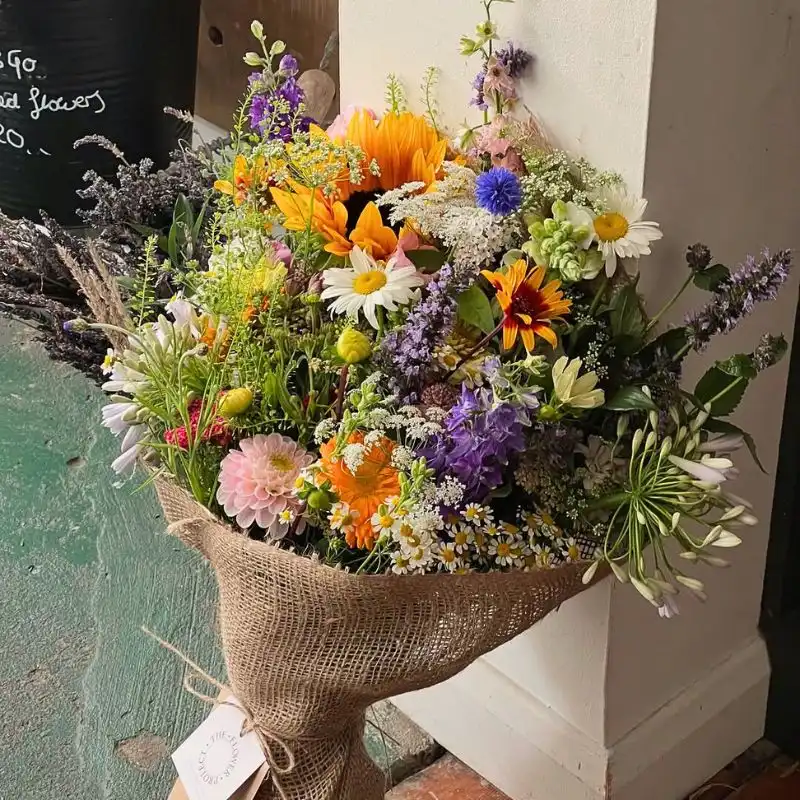While the floral supply chain has always been complicated, the COVID-19 pandemic has made it infinitely more complex. In order to get fresh flowers, cold chain management has to be organized carefully. Effective management ensures that good product quality is maintained as the cut flowers make their way across the world.
Floral Logistics During the New Normal
Famers, wholesalers, florists, and others in the supply chain all have to do their part in ensuring this. At the start of the pandemic, the supply chain disruption left florists and retailers dependent on locally grown flowers. However, the industry has now recovered, and steps are being taken to ensure the supply chains are future-proofed.
Ensuring Freshness
Cut flowers are perishable and need to reach their final destinations while they’re still fresh. Countries such as Columbia and Ecuador are some of the biggest suppliers in the industry and export cut flowers across the world. Imports are essential for the floral industry to thrive. In the U.S. alone, 82% of the cut flowers sold annually are imported. One of the ways the floral industry maintains freshness and quick delivery times is through air transport. In addition to being packed in a specific way, a stable temperature must be maintained throughout transport. Cut flowers have to remain between 35° and 39°F at all times so they remain fresh and fragrant. This affects the price of the flowers, and since the start of the pandemic, costs associated with flower industry logistics have increased drastically. Innovative solutions are integral in order to increase efficiency and regulate costs. 
Change in Transportation Methods
Improvements in supply chain transparency have been prioritized. In order to maximize productivity and efficiency, flower industry logistics have embraced digitization and innovations such as artificial intelligence and blockchain. The floral industry has also started to rely on sea freight instead of absorbing the higher costs of air freight. Lack of airfreight availability and capacity restrictions were making the already expensive process even more costly. Sea freight is not only more affordable but can actually help increase efficiency and reduce the large carbon footprint associated with air transport. In a post-COVID world, sea transport has changed from a necessity to a preferred method of transportation for cut flowers. Although it takes significantly longer to reach the final destination (approximately 9-12 days), some cut flowers are better suited to sea transport. Additionally, proper protocols and careful planning have made maintaining temperature easier. Determining which varieties will fare well when shipped via sea, ensuring you trust the right logistic companies, and ordering florals in a timely manner are factors that are making sea transport more viable than before.
Take Advantage of Floral Industry Logistics Consulting
As seen throughout this article, flower industry logistics have changed drastically since the start of the COVID-19 pandemic. Post-COVID floral logistics are just as complicated and require thorough planning to guarantee timely deliveries of fresh products. To ensure this, consider looking into floral industry logistics consulting. New Bloom Solutions is familiar with the complicated floral supply chain and can use its vast network of floral industry contacts to help you and your business. Contact us here for more information about our floral industry logistics consulting services.

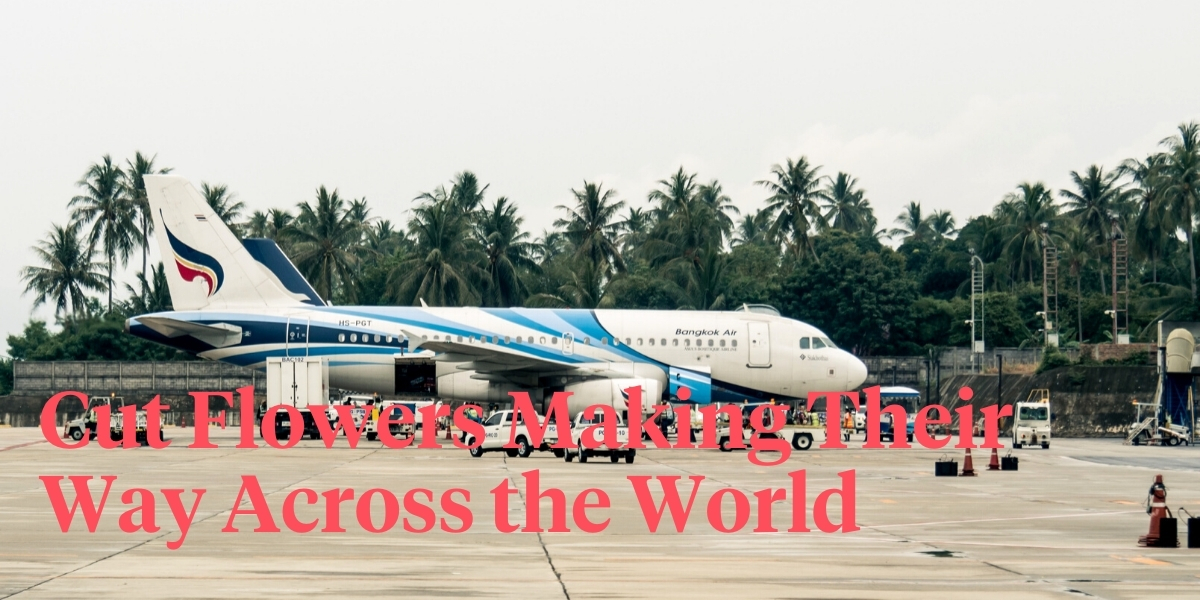
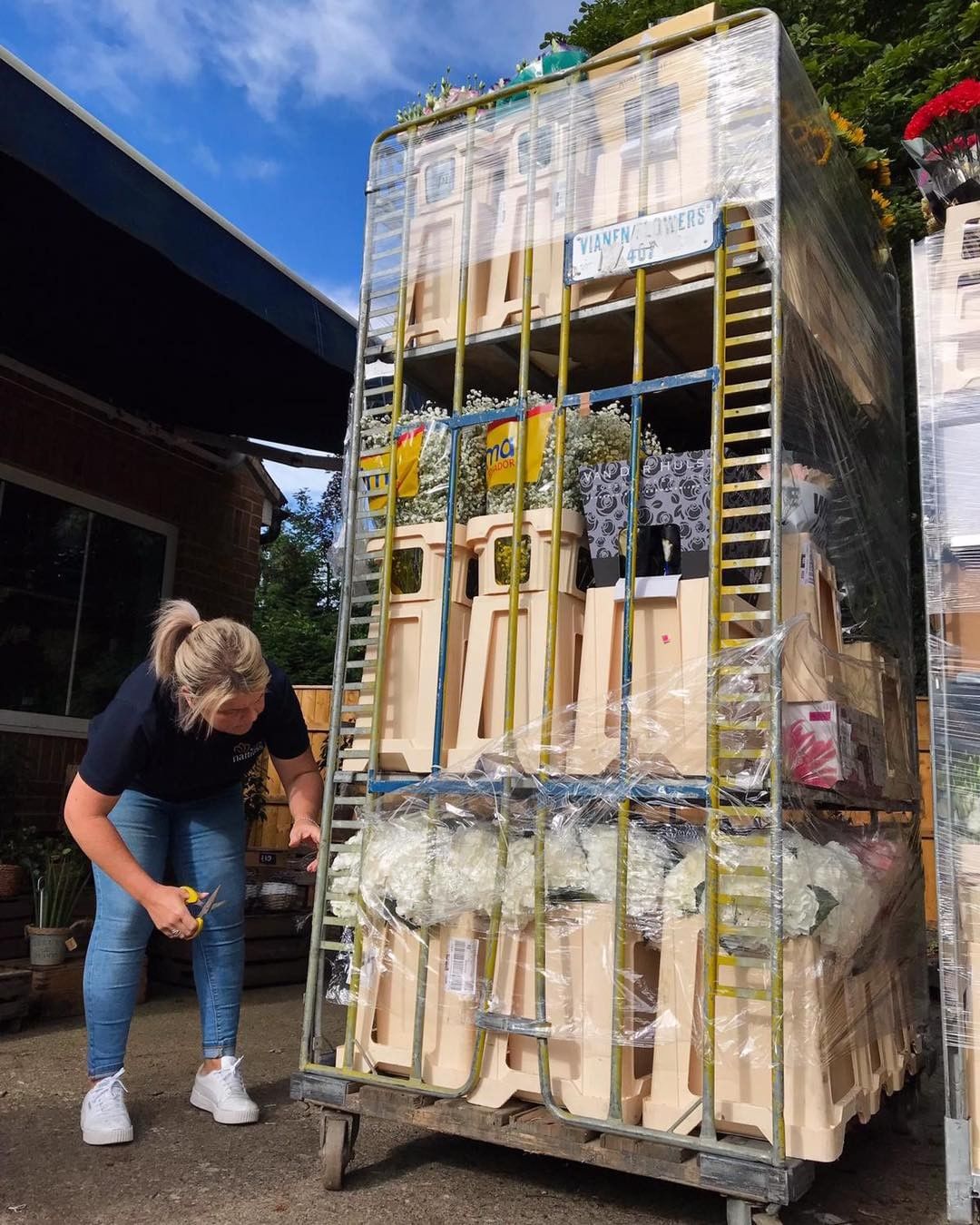
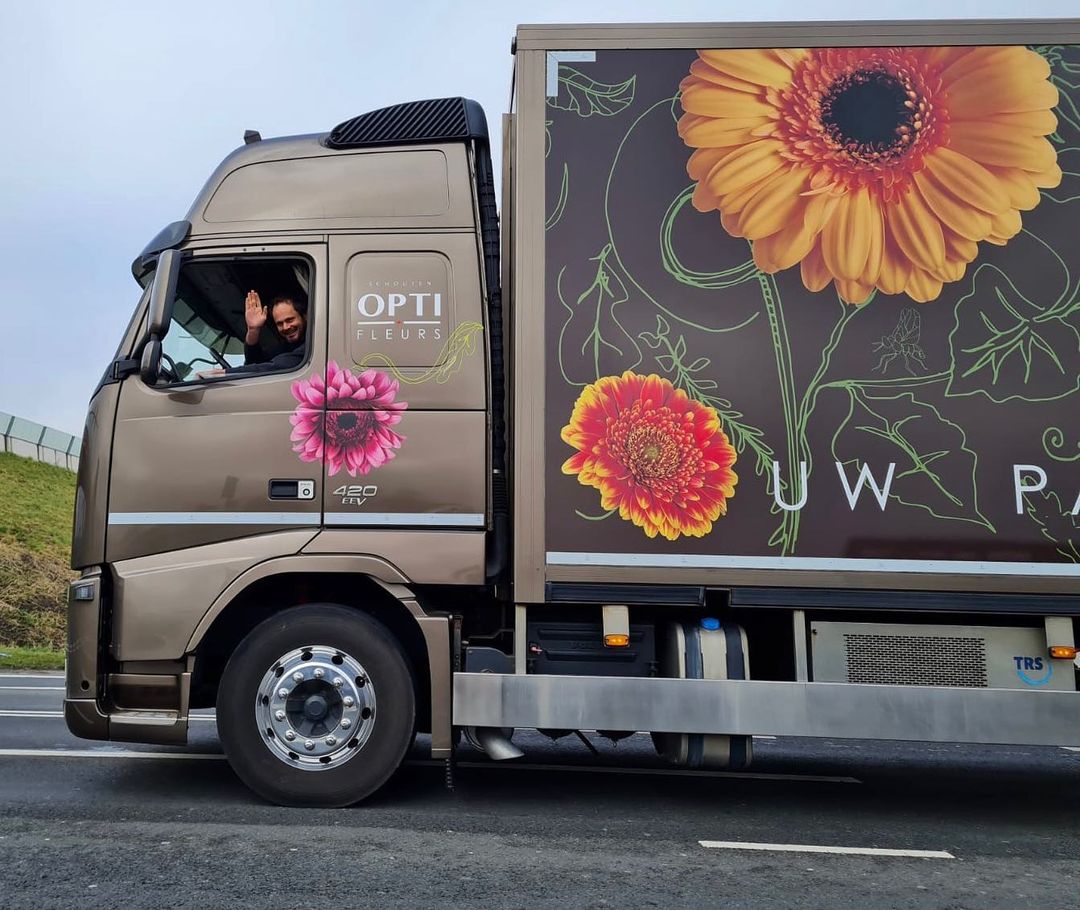
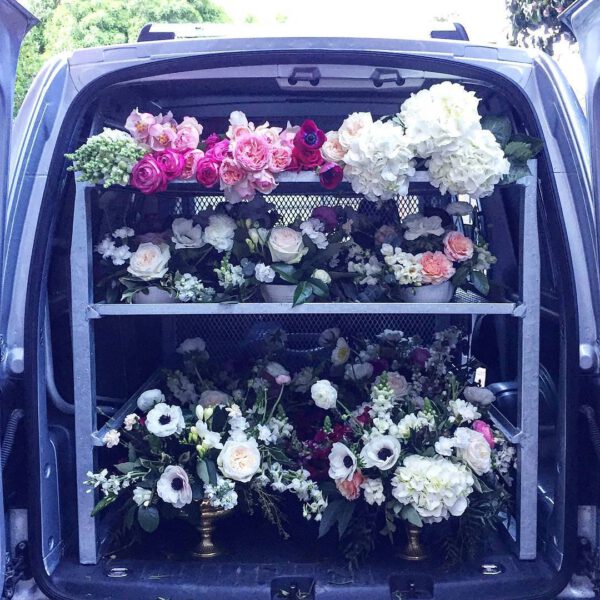 Image via
Image via 

